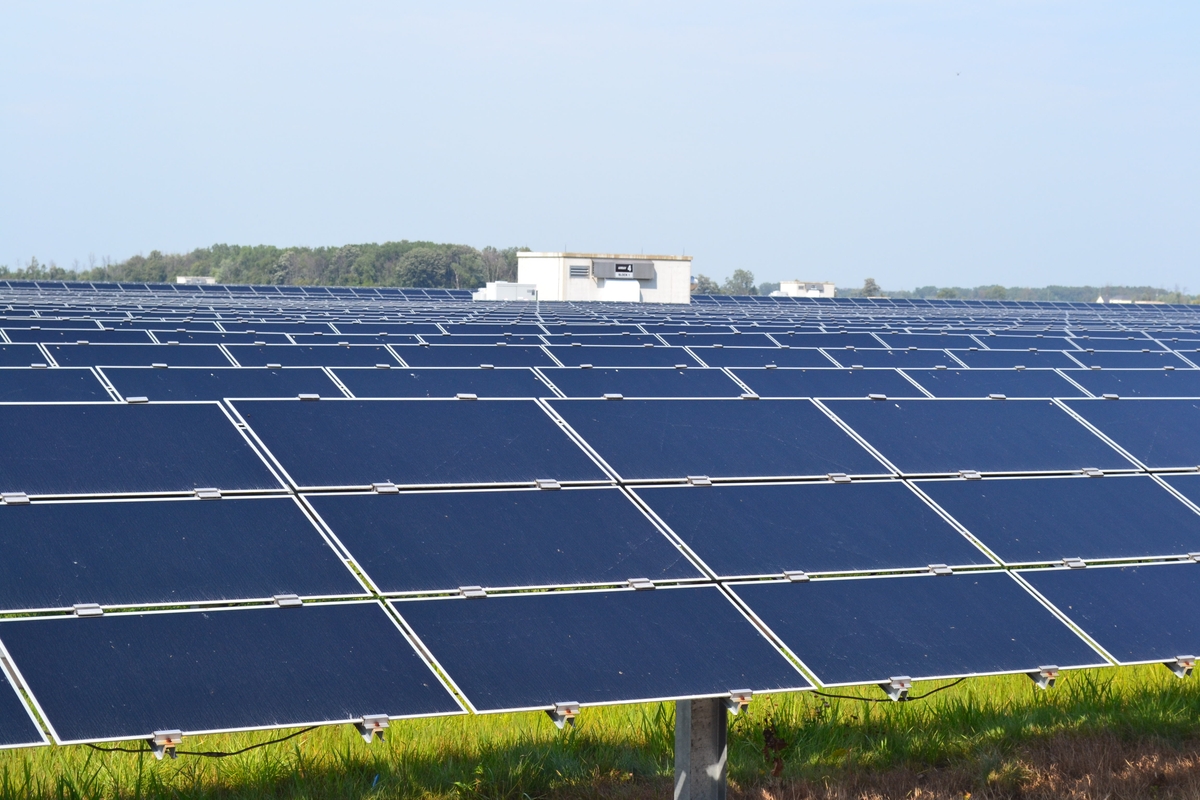As the world awakens to the melodies of nature, there’s a pressing call to leave softer footprints on our shared Earth. At the forefront of this transformative journey is our very own construction industry. Here, sustainability isn’t just another term—it’s the heart and soul of our modern era. Join us as we delve into the tapestry of this green evolution, weaving tales of sustainable practices, innovative energy-efficient designs, and the embrace of eco-conscious materials.

A Resounding Commitment to Sustainability
Modern construction reflects an undying commitment to eco-conscious practices. Project leaders, spanning residential to commercial initiatives, are no longer viewing sustainability as an added perk—it’s the very marrow of their vision. For example, enterprise companies are implementing comprehensive sustainability strategies that encompass every aspect of their projects, from sourcing eco-friendly materials to optimizing energy consumption.
A staggering 72% of these owners recognize the pivotal role of sustainability in new building ventures, a sentiment echoed by a report from Dodge Data & Analytics.
Spotlight on Energy Efficiency
The clarion call is for energy-efficient building designs, and it’s a call being answered with gusto. Structures that are not just sustainable on paper, but in practice—offering tangible benefits to our environment and making financial sense over their lifespan. For instance, large-scale enterprises are investing in smart building technologies that can remotely monitor and control energy usage, leading to significant reductions in energy consumption.
According to the U.S. Department of Energy, these pioneering designs can curtail energy consumption by an impressive 50% when juxtaposed with their traditional counterparts.

The Rise of Eco-Friendly Materials
Gone are the days when construction was synonymous with resource-guzzling practices. The industry stands transformed, championing materials that echo the ethos of sustainability. Materials such as recycled steel, reclaimed wood, and low-VOC paints are not just in vogue—they’re setting the standard. For example, prominent enterprise companies are opting for LEED-certified materials, reducing their carbon footprint significantly.
The World Green Building Council affirms that these stalwart materials can curtail greenhouse gas emissions by a commendable 20%.
Reducing Carbon Footprints
Every brick laid, every beam erected, is done with an eye on the carbon ledger. Projects are no longer just defined by their scale and grandeur; their environmental impact takes center stage. Revelations from the Journal of Cleaner Production underscore that sustainable construction techniques can pare down carbon emissions by a striking 50%, offering a refreshing contrast to traditional methods.
Enterprise companies are incorporating carbon offset programs and investing in renewable energy sources to further reduce their carbon footprint.
Design with a Sustainable Focus
This sustainable odyssey begins at the drawing board. The challenge tossed to our designers is clear: craft structures that marry form with function while remaining true to our green commitment. By optimizing lighting, reducing heat loss, and selecting energy-efficient materials, designs envisioned through this lens have the potential to reap energy savings that soar beyond 30%, as applauded by the American Institute of Architects (AIA).
Large enterprises are collaborating with renowned architects and design firms to create sustainable building designs that incorporate cutting-edge energy-efficient solutions.
Sustainable Building Certifications
As the construction landscape evolves, certifications like LEED and BREEAM stand as testaments to sustainability. They are not mere badges, but symbols of a commitment that goes beyond the blueprint. Owners and leaders in construction, in their pursuit of these certifications, are making a clear statement. The U.S. Green Building Council paints an inspiring picture: LEED-certified edifices can witness a heartening 34% plunge in greenhouse gas emissions when pitted against their conventional peers.
Prominent enterprise companies proudly showcase their LEED or BREEAM certifications on their sustainable projects, setting an example for the industry.

Operational Excellence
The sustainability baton is passed on even after the final brick is laid. The narrative doesn’t end with construction; it’s carried forward through the lifecycle of the structure. Smart building technologies, the unsung heroes of this era, ensure the sustainability goals inked during planning are realized in practice. The International Energy Agency (IEA) is vocal in its praise for these marvels, proclaiming that they can whittle down energy consumption by a promising 10-30%.
Enterprise companies are investing in IoT (Internet of Things) solutions and building management systems to achieve operational excellence and maintain sustainability throughout a building’s life.
Emphasizing Waste Reduction and Recycling
The clarion call for recycling and sustainable waste management reverberates across construction sites. It’s a pledge to treat every resource, every material with respect, ensuring minimal wastage and maximal reuse. Construction sites have become beacons of green practices, showcasing how to extract value while staying eco-conscious. The Environmental Protection Agency (EPA) lends weight to this claim, spotlighting that construction-centric debris swells to 25-30% of the U.S.’ total waste narrative.
Enterprises in the construction industry are partnering with recycling facilities to responsibly manage construction waste and reduce landfill contributions.
The shift towards sustainability in construction isn’t just a chapter in the industry’s chronicle—it’s an entirely new book. A saga where structures stand tall, not just in their physical stature, but in their commitment to a greener world. As we ink this narrative, the underlying message is lucid—sustainable building is here to stay, shaping landscapes and mindscapes in its wake.
Going Paperless with ConsLog
In our crusade for sustainability, every granular detail matters—including the art of documentation in construction management. Cutting-edge digital tools like ConsLog are not just tools, they are allies in our journey, fervently embraced to mitigate carbon footprints and amplify operational finesse. ConsLog, with its cloud-draped storage, dials down the clamor for paper, relegating archaic filing systems to the annals of history. This platform unfurls the red carpet for effortless collaboration and real-time epiphanies, sans the crutch of printed materials.
Enterprise companies are transitioning to digital documentation tools like ConsLog to reduce paper usage, streamline project management, and enhance collaboration among stakeholders while minimizing their environmental impact.
